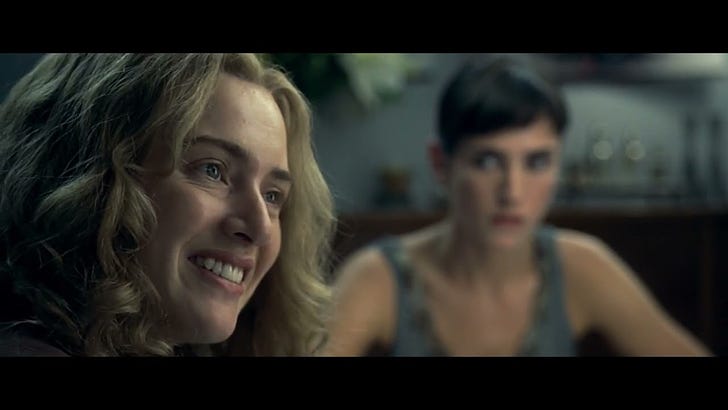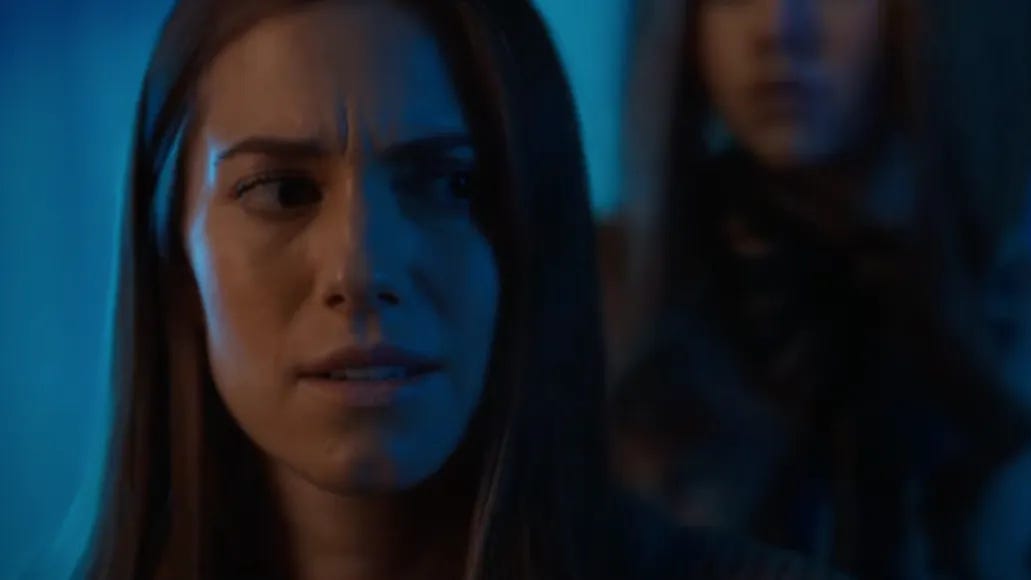On the recommendation of several friends, I caved and started watching Fleishman is in Trouble, the FX Hulu limited series based on Taffy Brodesser-Akner’s book. What follows below is less a review, and more of a self-exploration, ignited by my strong reaction to the show.
I don’t know why I resisted Fleishman is in Trouble; I’ve read Brodesser-Akner’s 2018 New York Times Magazine profile of Gwyneth Paltrow at least twice a year since it was published. I really admire her, and her work. And yet… I think I do know why I resisted. Because after growing up in the Bush-era spin cycle of popularized suburban malaise as kicked off by American Beauty, I find the stories of married straight people largely punishing (unless it’s Little Children, which can’t be touched). That’s not to say they don’t deserve to be told and can’t be told well; it’s just that…and I can’t believe I’m saying this…but…
When did my life become more interesting than those of the characters on TV? I used to cleave to this medium; thanks to a childhood of dissociation, it still feels more real to me than reality. So is it me that’s changed, in that I don’t understand the appeal of coming back, over and over again, for boredom and disenchantment? Who are these people, and why should I care?
I liked Fleishman at first, and I do respect it: it’s a well-written, well-acted show about neurotic Jews spiraling in New York in the summertime. But then I realized that I was being put through what Watchmen and Westworld made me endure. At some point, the rug would be pulled out and I’d be informed that everything I’ve watched up to this twist was a lie, that the creators had me fooled, that they’d really got one on me!
And so, in its play with perspectives, Fleishman would make me watch the same scenes of violation, misery and recrimination twice or three times from multiple vantage points. The Claire Danes birth trauma was handled well enough by the writers, directors and actors alike — the first time around. The second go, I had to shut it off.
In “The Case Against the Trauma Plot,” Parul Sehgal writes of our current cultural fixation with trauma narratives. Remember those interminable flashbacks from Yellowjackets? I understand that Fleishman was deliberately subverting these tropes and devices, but…what’s the payoff? You know what they used flashbacks for on Buffy? To show Spike in mortal combat with a Chinese Vampire Slayer during the Boxer Rebellion, or Anya popping champagne while St. Petersburg burns. I miss that sense of joy, even in the most harrowing of character examinations.
There was another well-written, well-acted show about neurotic Jews spiraling in New York in the summertime, which is enjoying something of a cult renaissance. In 2022, I wrote for NYLON about the ten-year anniversary of Girls. Every episode of Lena Dunham and Jenni Konner’s series was unique, bizarre, experimental and mesmerizing to watch. And, each episode had to stand on its own. Same with Six Feet Under, and Buffy, Enlightened and Angel. For everything those shows put you through (and it’s a lot), there was always some deepening, some inflection of delight, some shimmer in a character’s eyes to indicate that they were evolving, and that the investment you’d made in them would pay off. Perhaps, through this experience, you were growing too.
And that must be offered, in some small way, in every episode, otherwise I’d rather watch a movie and be done with it. These slow burns are making me realize how little of life is left for me to waste on voluntary punishment.
I think what’s been coming up for me, which Fleishman has me confronting, is a profound ambivalence about my own art. Looking back, I cringe and wonder: was it all just a cry for help? Was any of it good, or was I seeking to put prospective audiences through my own experiences of horror and humiliation? And what’s to stop me from unknowingly doing it again? I fear that I’ll stay here, critiquing artists because I fear putting myself through it again: the thrill of creation, the risk of embarrassment, the certainty of shame. But until I go out and make something, there’s no point in passively watching and resenting.
Fortunately, I’ve returned to the engine of creative authenticity, New York City, this time with a lust for life I’ve never known. I know I keep whining about psychic/somatic sensitivity, and though my migraines are indeed searing, I feel, coming home on the M15 bus, as though I’m back in the heart of the Aquarian circulatory system. I don’t want to leave Manhattan again, unless it’s for a trip to Tel Aviv. On Saturday, my friend Dexter DJ’d at Nowhere; we danced to Sophie Ellis-Bextor all night.
Melis and I went to see M3GAN at Regal Essex on Sunday, in a packed theater of gays. Perfect film. Unlike my Avatar screening in Los Angeles, at which I was herded with a crowd of potato people unlearned in any form of civil human decency; at which I, the lone Jew, had to growl at the demented family behind me to keep their voices down three times, the M3GAN audience was sharp, engaged and largely hot.
New York feels awake. I want to chase boys here, and live through stories more exciting than anything peak TV has to offer.





